20 Animals with Incredible Adaptations to Their Environments
Nature’s greatest engineering feats often appear in the most extreme environments. Throughout time, creatures have developed extraordinary abilities to survive in conditions that seem impossible for life to endure.
From frozen polar wastes to scorching deserts, these remarkable adaptations showcase nature’s boundless creativity.
Wood Frog
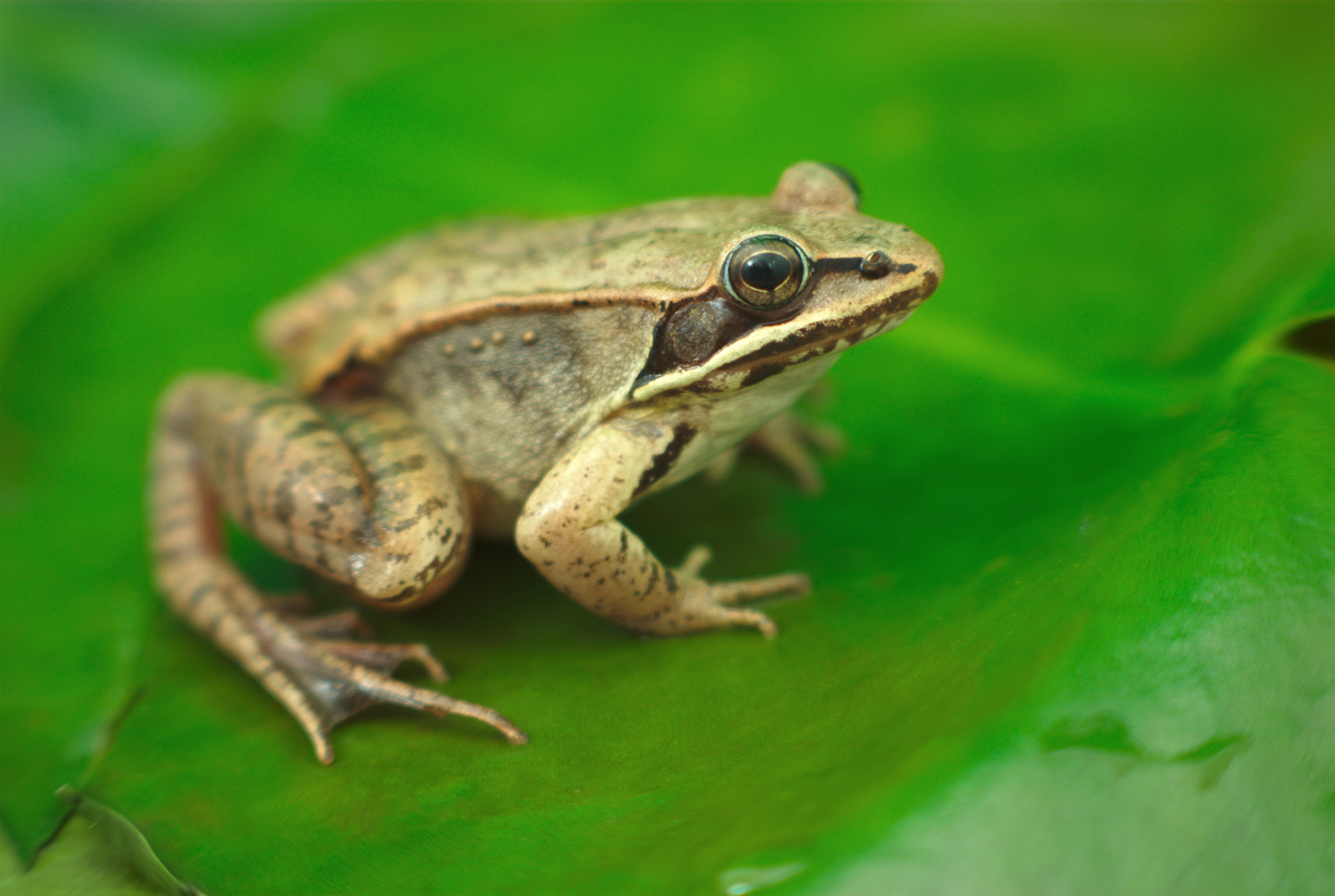
Deep in the Arctic Circle, wood frogs perform a miracle each winter. Their bodies freeze solid, with ice crystals forming in their blood vessels and organs.
Natural antifreeze proteins protect their cells from damage, allowing them to thaw and hop away in spring, completely unharmed. This remarkable adaptation lets them survive temperatures as low as -16 degrees Celsius.
Desert Kangaroo Rat
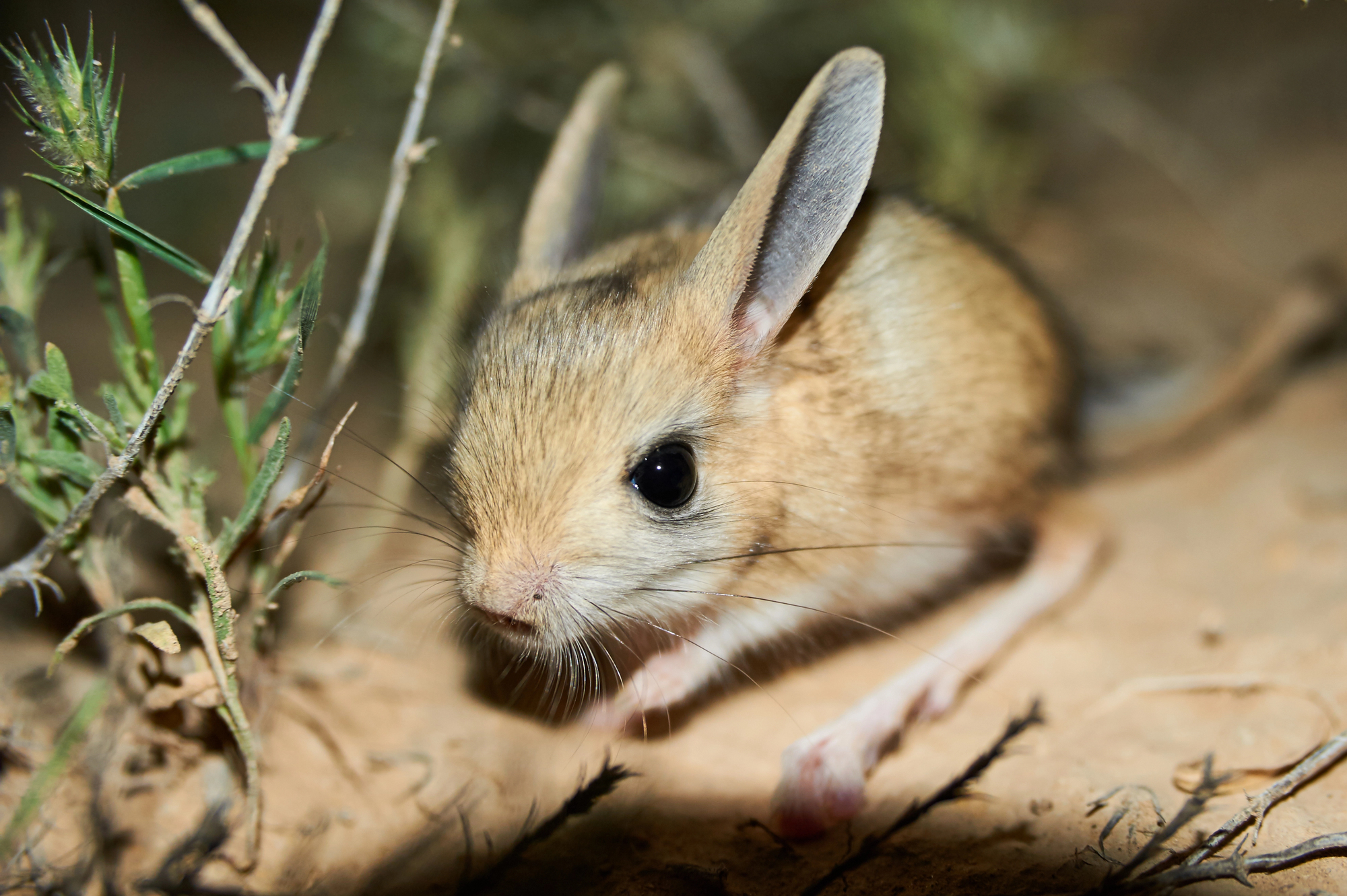
Living in Death Valley’s harshest regions, these remarkable rodents never need to drink water. Their specialized kidneys extract moisture from dry seeds, while their bodies produce water by metabolizing fat.
Even more impressive, they can detect and dodge rattlesnake strikes in complete darkness, using their sensitive hearing to detect the sound of the strike.
Like Go2Tutors’s content? Follow us on MSN.
Barrel Cactus Fish
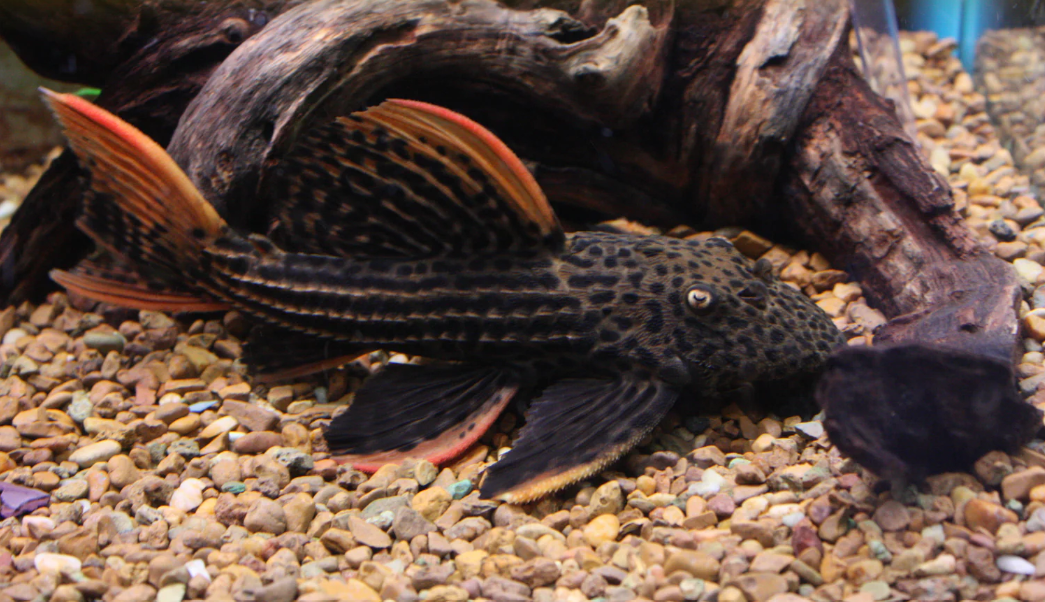
In Mexico’s desert pools, these fish survive in water six times saltier than the ocean. When their pools evaporate, they simply wait in the moist mud until the next rain, sometimes for years.
Their cells produce special proteins that prevent salt crystals from forming in their bodies, protecting them from literally turning into fish jerky.
Saharan Silver Ant
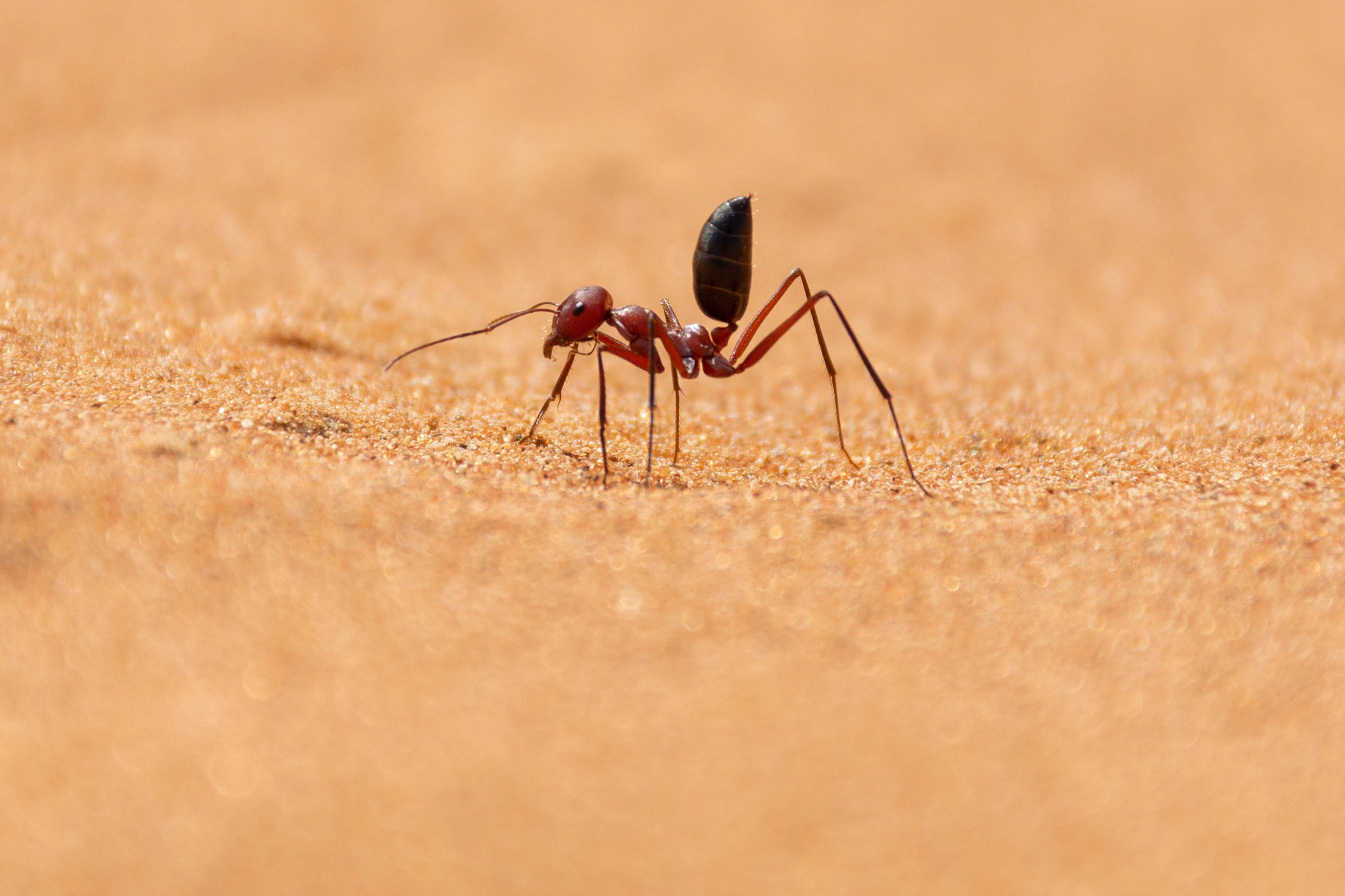
These metallic-looking insects brave the scorching Saharan sand when other creatures hide. Their unique silver hairs reflect heat and create an insulating layer of cool air around their bodies.
This adaptation allows them to forage in temperatures that would kill most other insects within minutes.
Alpine Ibex
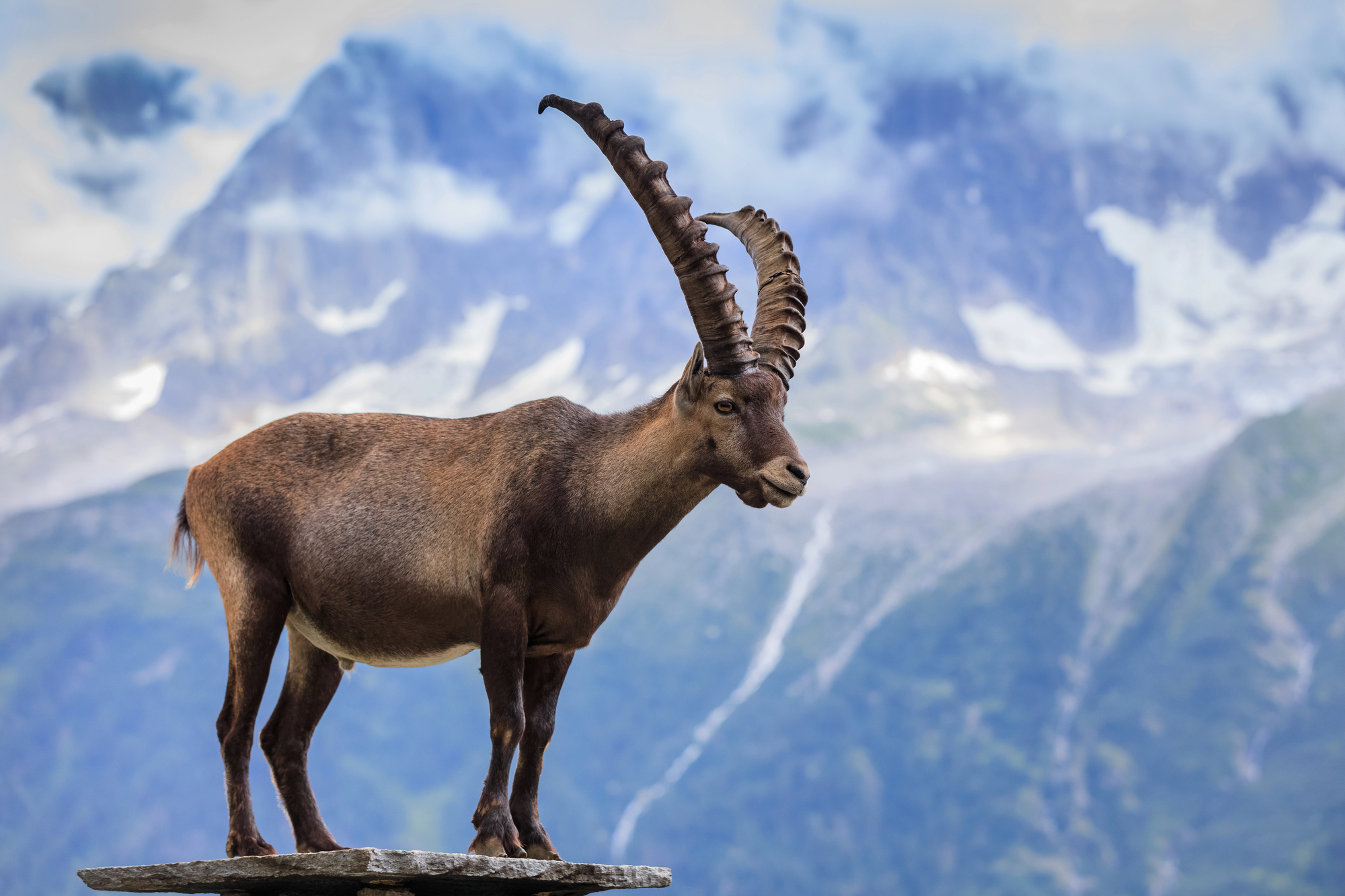
These mountain goats climb nearly vertical dam walls to lick essential minerals from the stones. Their split hooves can grip the smallest ledges, while specialized tendons act like shock absorbers.
They navigate sheer cliffs with such precision that they can sleep standing on ledges barely wider than their hooves.
Like Go2Tutors’s content? Follow us on MSN.
Giant Tree Weta
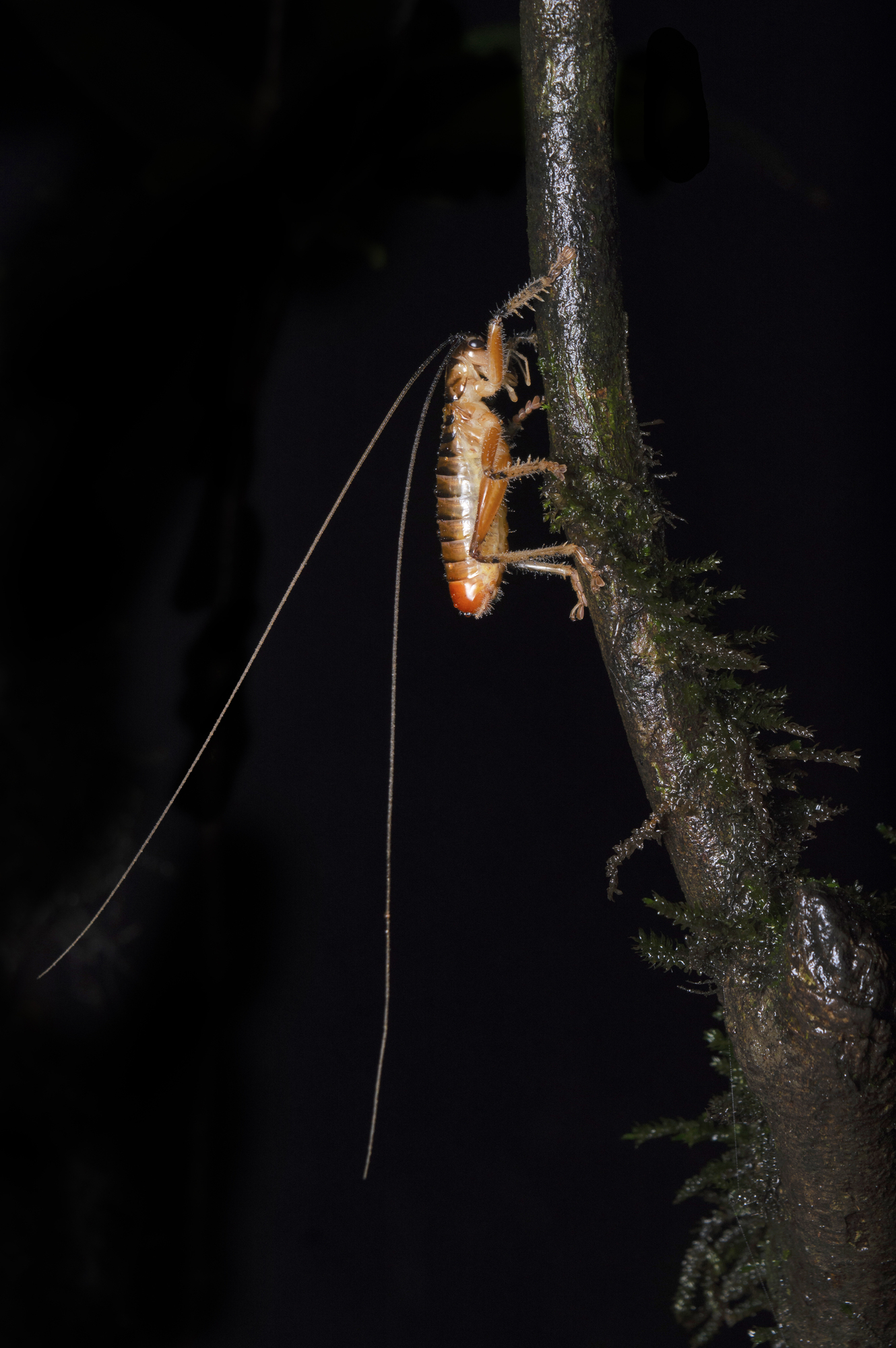
New Zealand’s prehistoric-looking insects survive freezing mountain temperatures through a remarkable adaptation. Their blood contains special proteins that act like antifreeze, preventing fatal ice crystals from forming in their bodies.
They can survive temperatures well below freezing, simply waiting for warmer weather to resume normal activity.
Pistol Shrimp
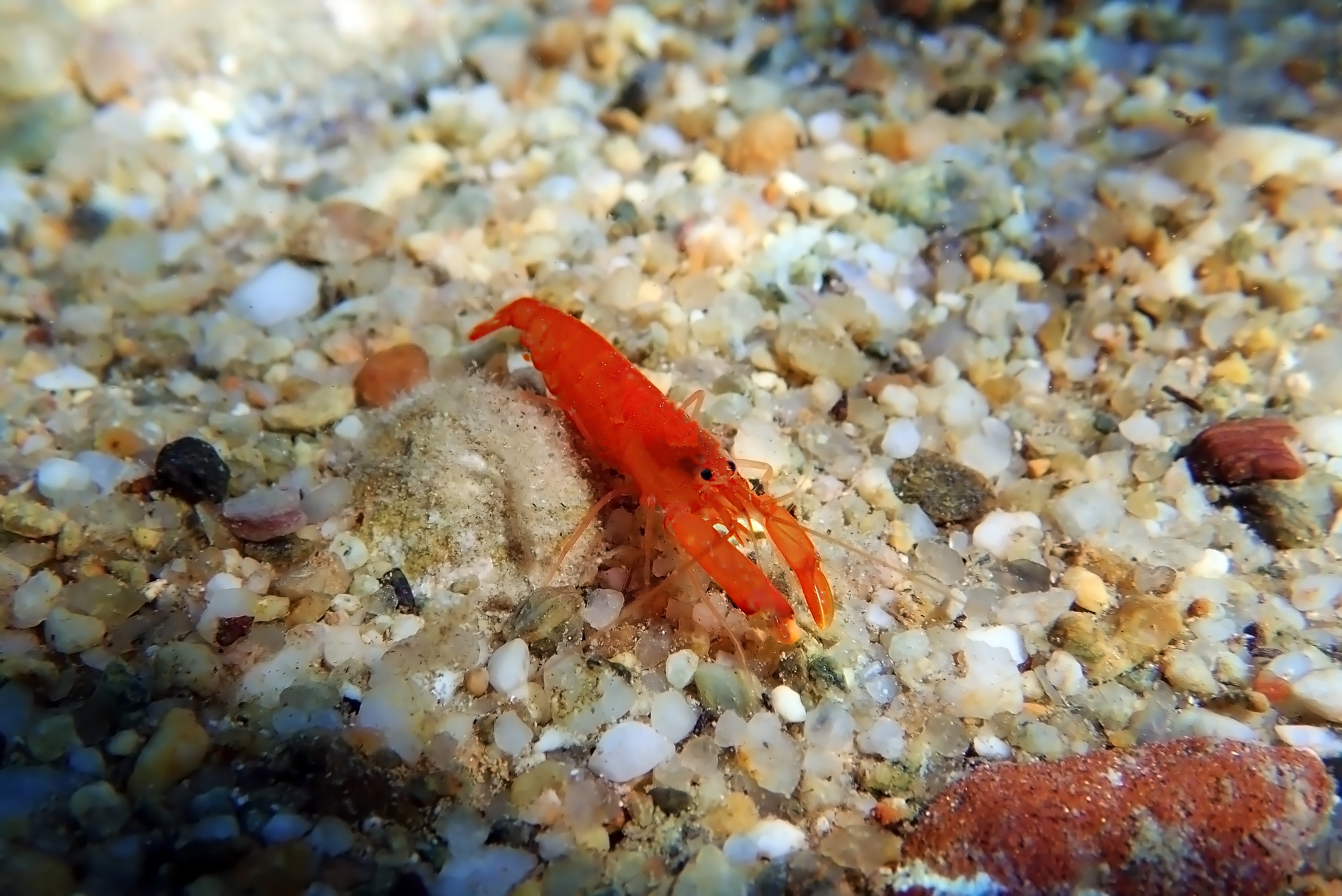
These tiny creatures pack nature’s most powerful punch. Their oversized claw creates a cavitation bubble that, when it collapses, produces temperatures nearly as hot as the sun’s surface.
The resulting shockwave stuns prey and produces a flash of light, making them one of the few animals that can weaponize sound.
Emperor Penguin
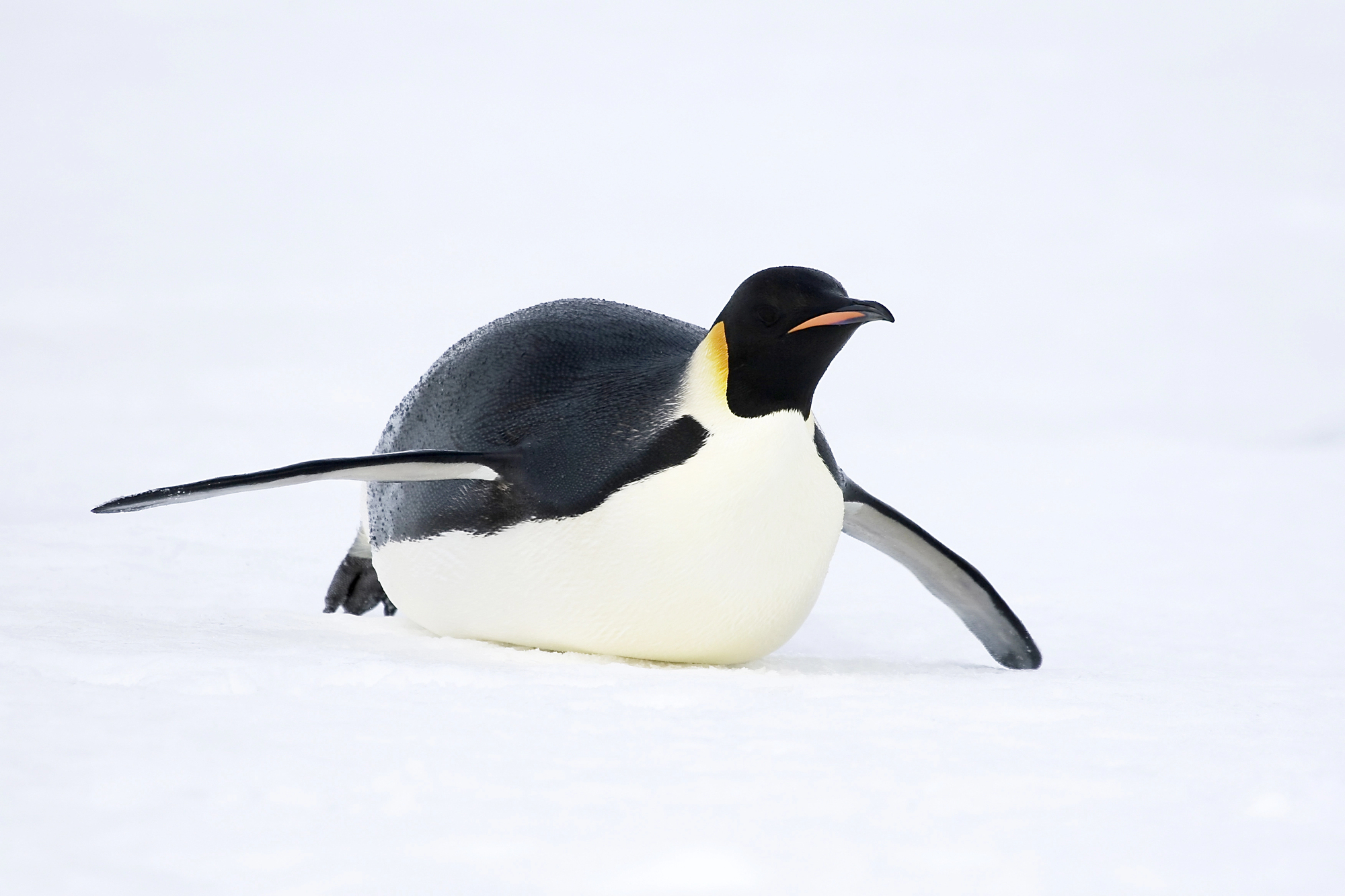
These Antarctic birds have turned huddling into a complex social science. Their dense crowds follow precise mathematical patterns that ensure each bird gets equal time in warm interior positions.
Their bodies can even recycle their body heat with 80% efficiency through a complex network of blood vessels.
Like Go2Tutors’s content? Follow us on MSN.
Thorny Devil
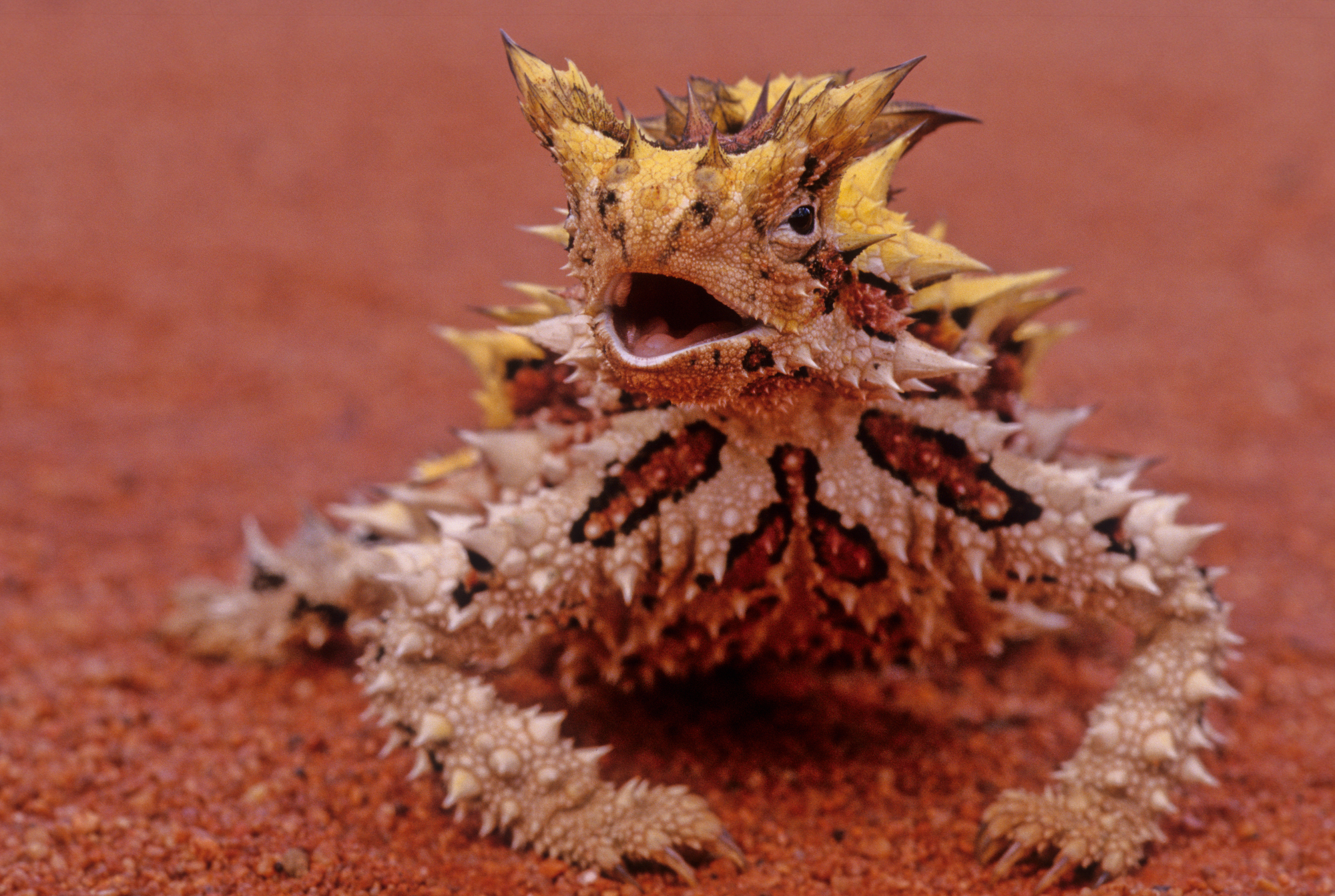
Australia’s spiky lizard collects morning dew through tiny channels between its scales. This network of microscopic grooves transports water directly to its mouth through capillary action, allowing it to drink from puddles too shallow for other animals to access.
It can even collect water from damp sand by simply standing on it.
Tardigrade
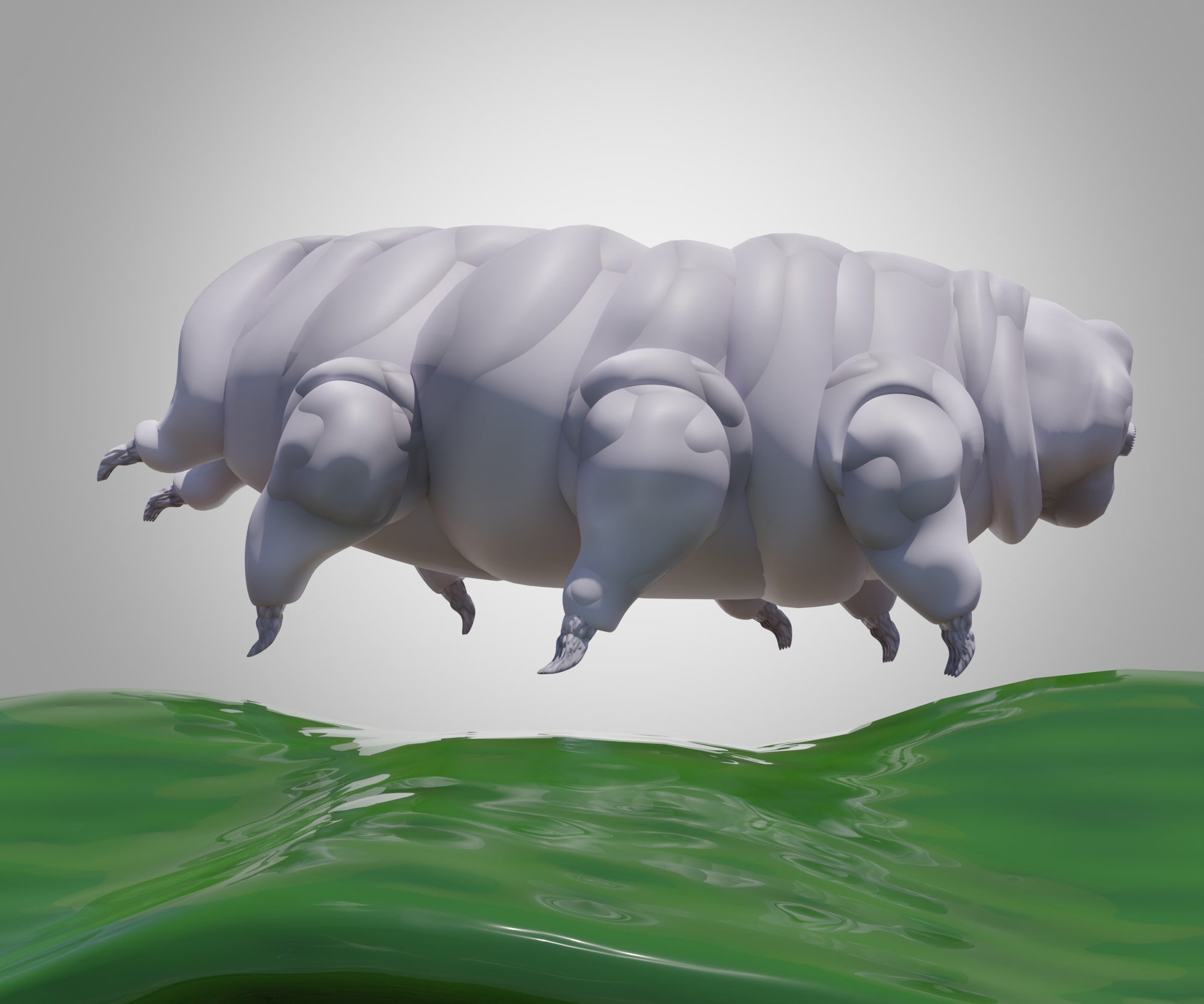
These microscopic animals survive conditions that would destroy most life forms. They can withstand the vacuum of space, temperatures near absolute zero, crushing pressures, and radiation levels far beyond fatal human doses.
When conditions get tough, they simply dry out and wait for better times, potentially for decades.
Bombardier Beetle
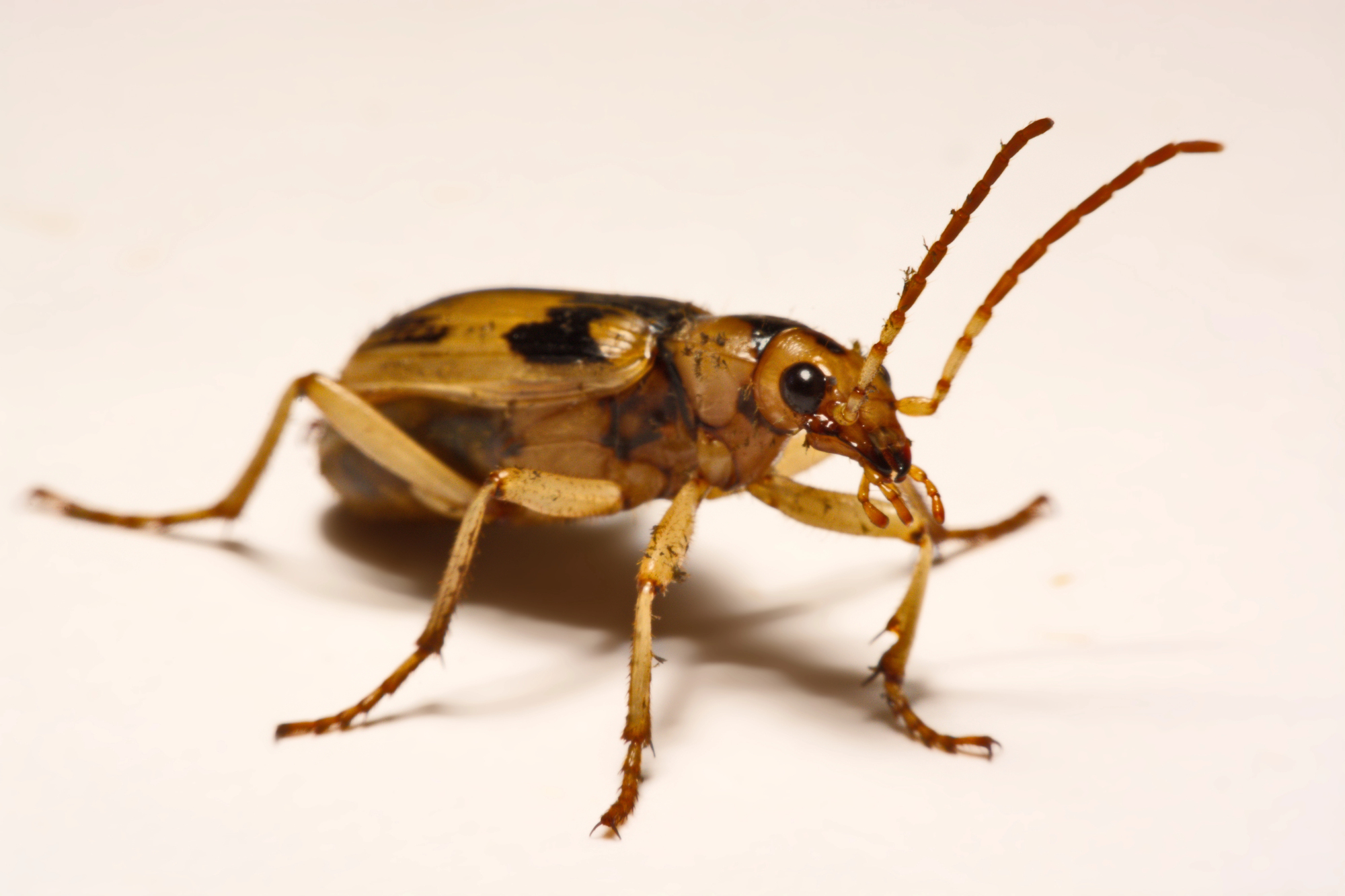
This insect creates a boiling-hot chemical spray by mixing two compounds in a reinforced chamber in its abdomen. The resulting explosion shoots scalding liquid at predators with remarkable accuracy.
Even more impressive, the beetle’s internal chemistry lab prevents it from accidentally blowing itself up.
Like Go2Tutors’s content? Follow us on MSN.
Glass Frog
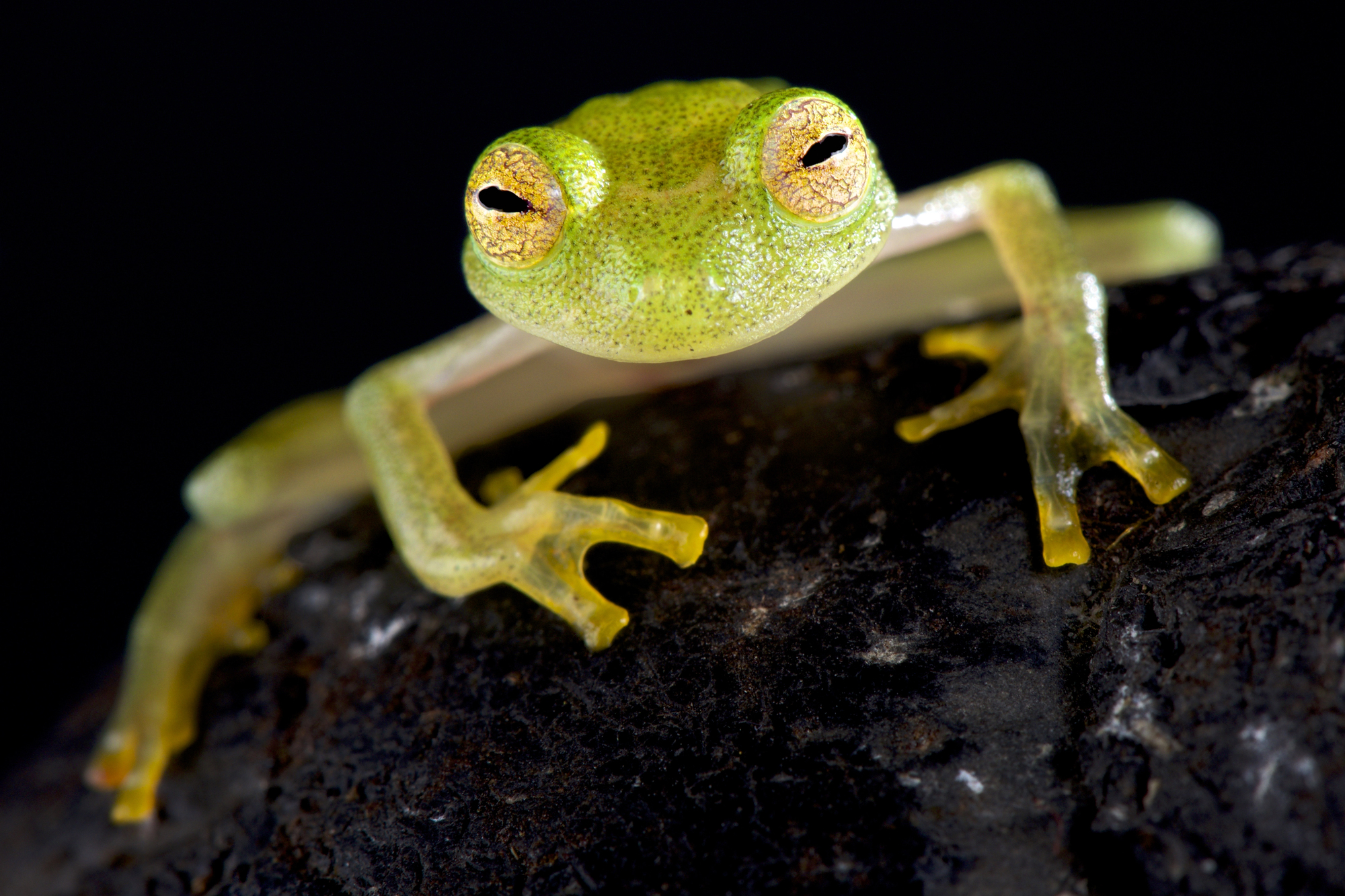
Central American glass frogs have transparent skin that makes their internal organs visible. This adaptation helps them blend in with leaves by eliminating their shadow, making them nearly invisible from below.
Their transparent eggs take this camouflage strategy even further, protecting their offspring before they hatch.
Horned Lizard

When threatened, these lizards can shoot blood from their eyes with enough force to reach distances of up to five feet. The blood contains chemicals that are particularly foul-tasting to canine predators.
This bizarre defense mechanism comes at a cost – they can lose up to 25% of their blood volume in a single shot.
Elephant Seal
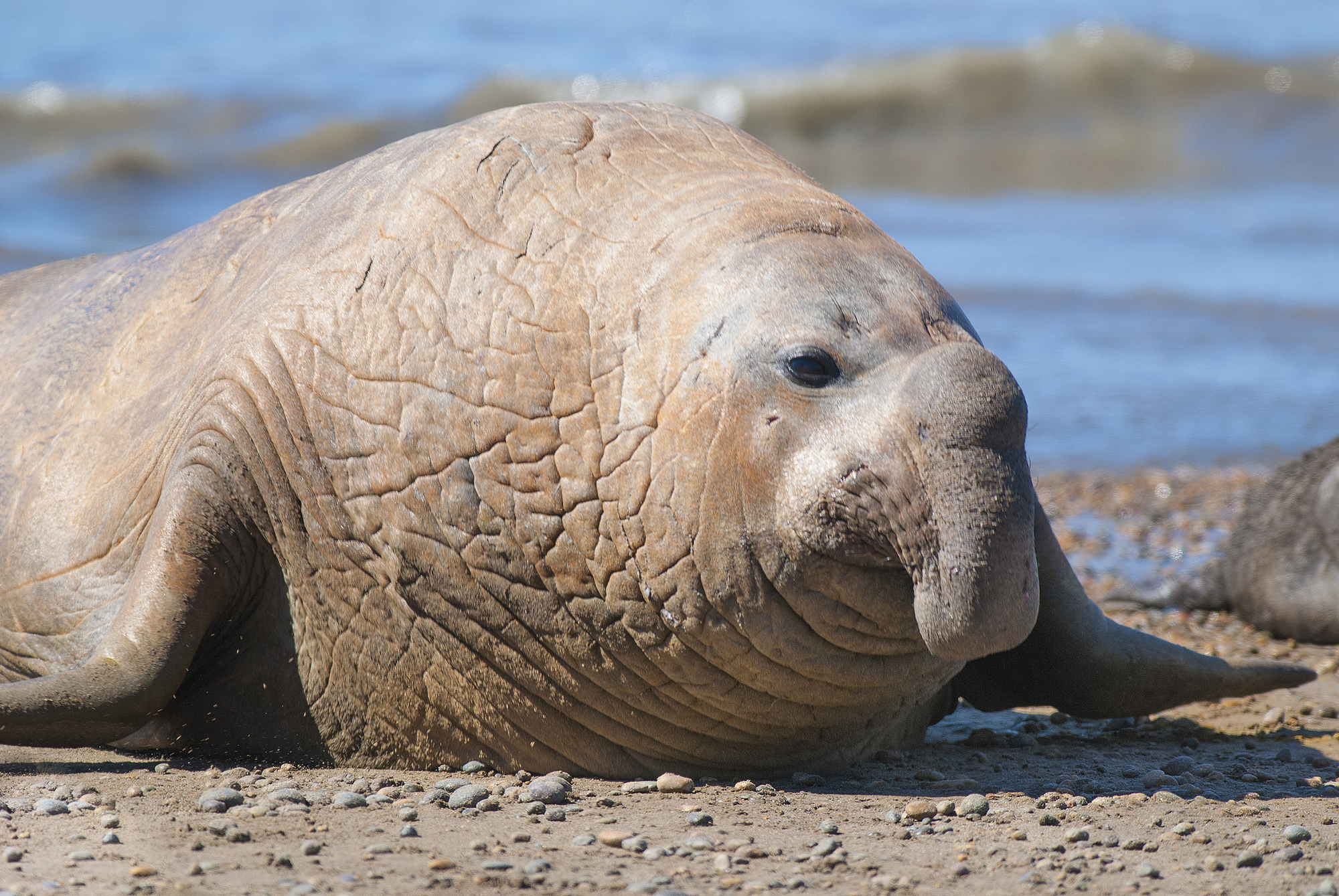
These massive marine mammals can dive nearly a mile deep and stay submerged for up to two hours. Their bodies collapse their lungs and slow their hearts to just a few beats per minute while their blood stores extra oxygen in specialized proteins.
They can even sleep while slowly sinking and resurfacing without waking.
Like Go2Tutors’s content? Follow us on MSN.
Electric Eel
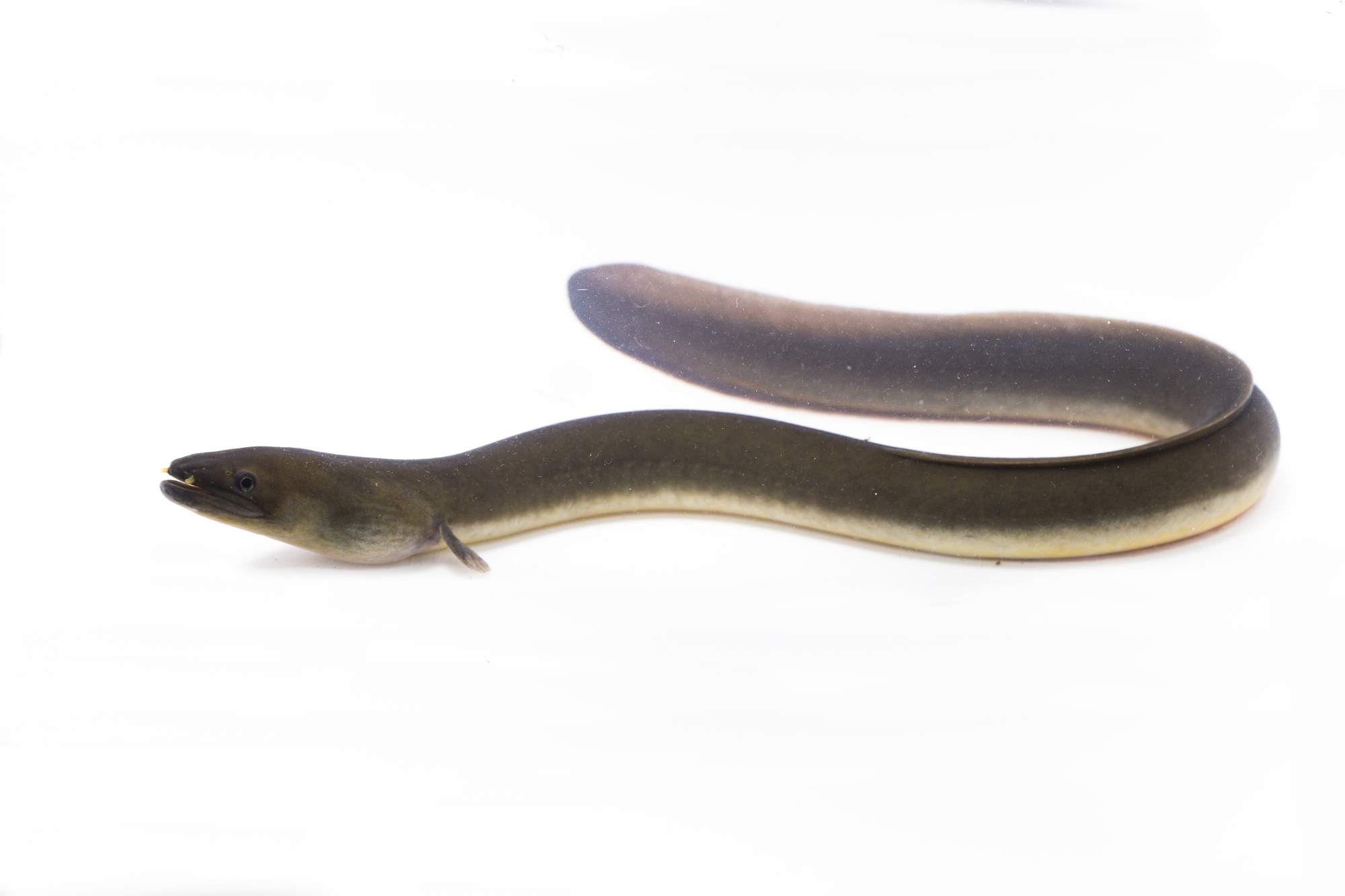
These fish generate electricity strong enough to stun a horse, using specialized cells that act like tiny batteries. More remarkably, they can control the voltage of their discharge, using lower powers to navigate and communicate with other eels.
Their electric organs take up 80% of their bodies, with vital organs compressed into the remaining space.
Lyrebird
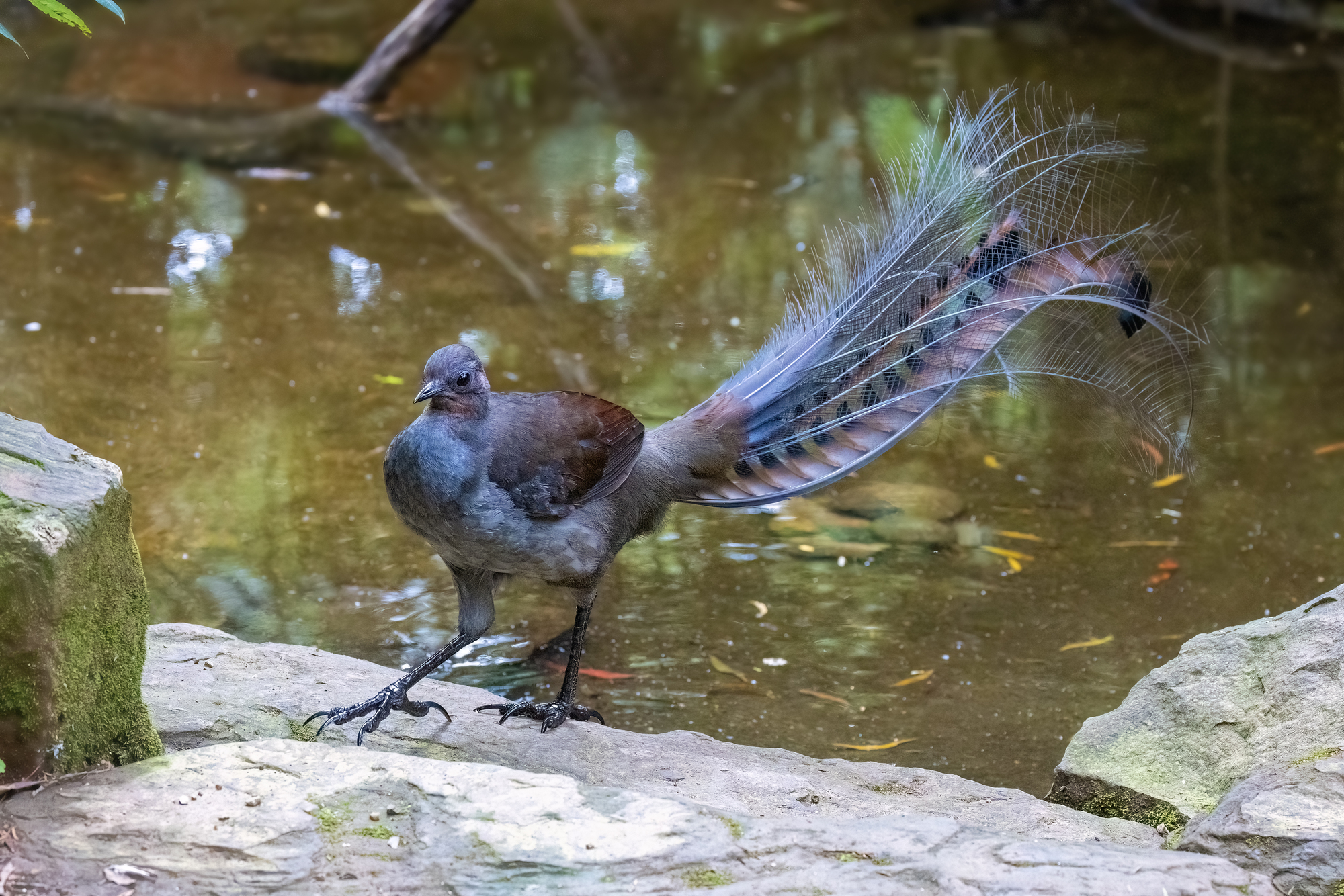
Australia’s master of mimicry can recreate almost any sound it hears, from car alarms to camera shutters. Their vocal abilities are so precise that they can simultaneously imitate an entire flock of different birds.
This adaptation helps males attract mates by demonstrating their learning and memory capabilities.
Pompeii Worm
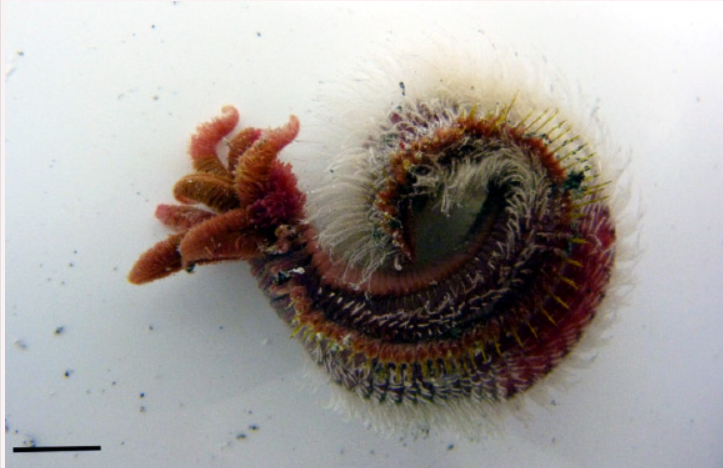
These worms, living in deep-sea hydrothermal vents, survive temperatures that would cook most other creatures. Their bodies are covered in bacteria that create a protective fleece, insulating them from the scalding water.
One end of their body can experience temperatures 140 degrees Fahrenheit higher than the other.
Like Go2Tutors’s content? Follow us on MSN.
Mediterranean Jellyfish
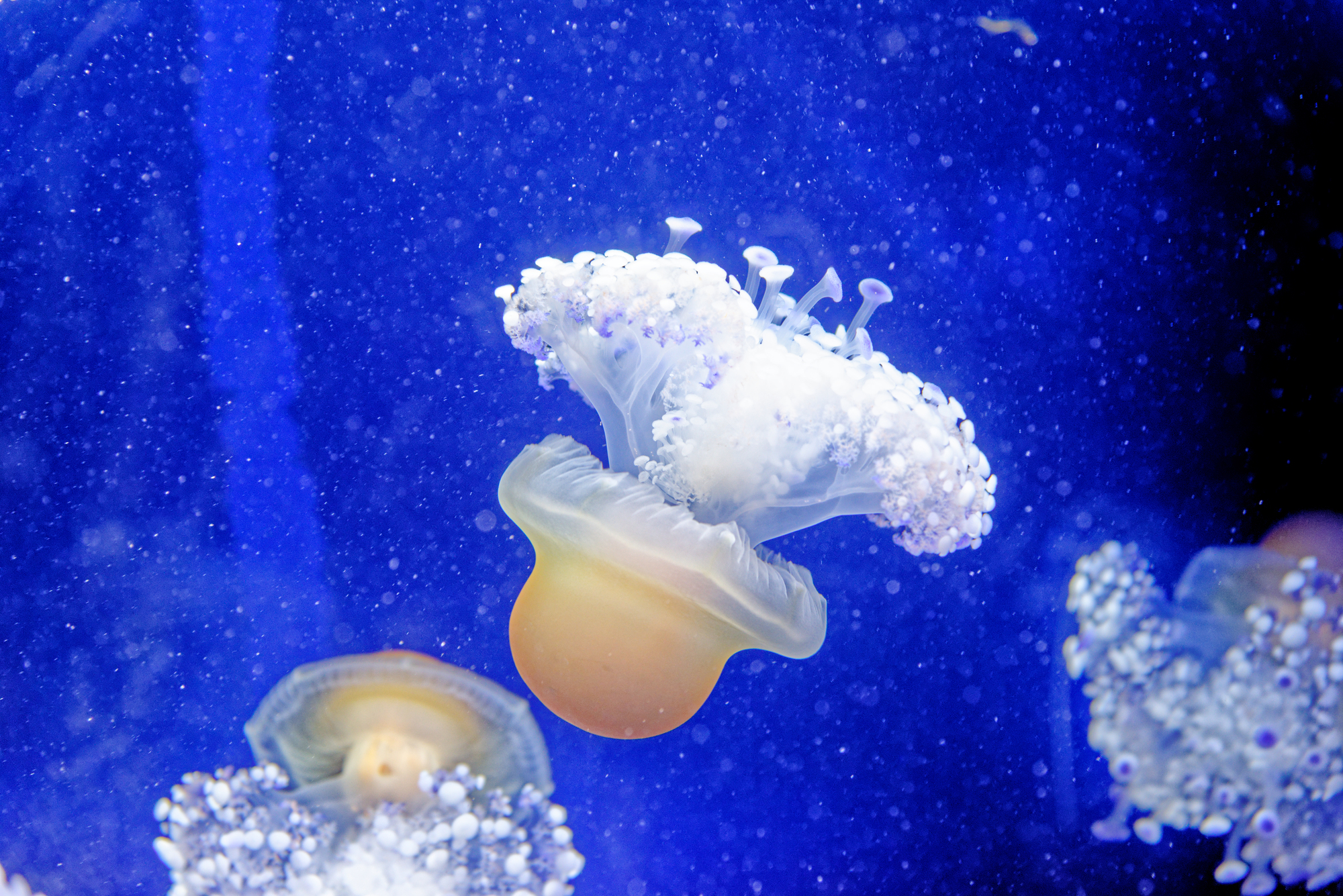
These creatures can essentially reset their life cycle when stressed, reverting from adult to juvenile form. This biological immortality lets them potentially live forever, barring accidents or predation.
They can repeat this process indefinitely, making them one of the few known biologically immortal creatures.
Gecko
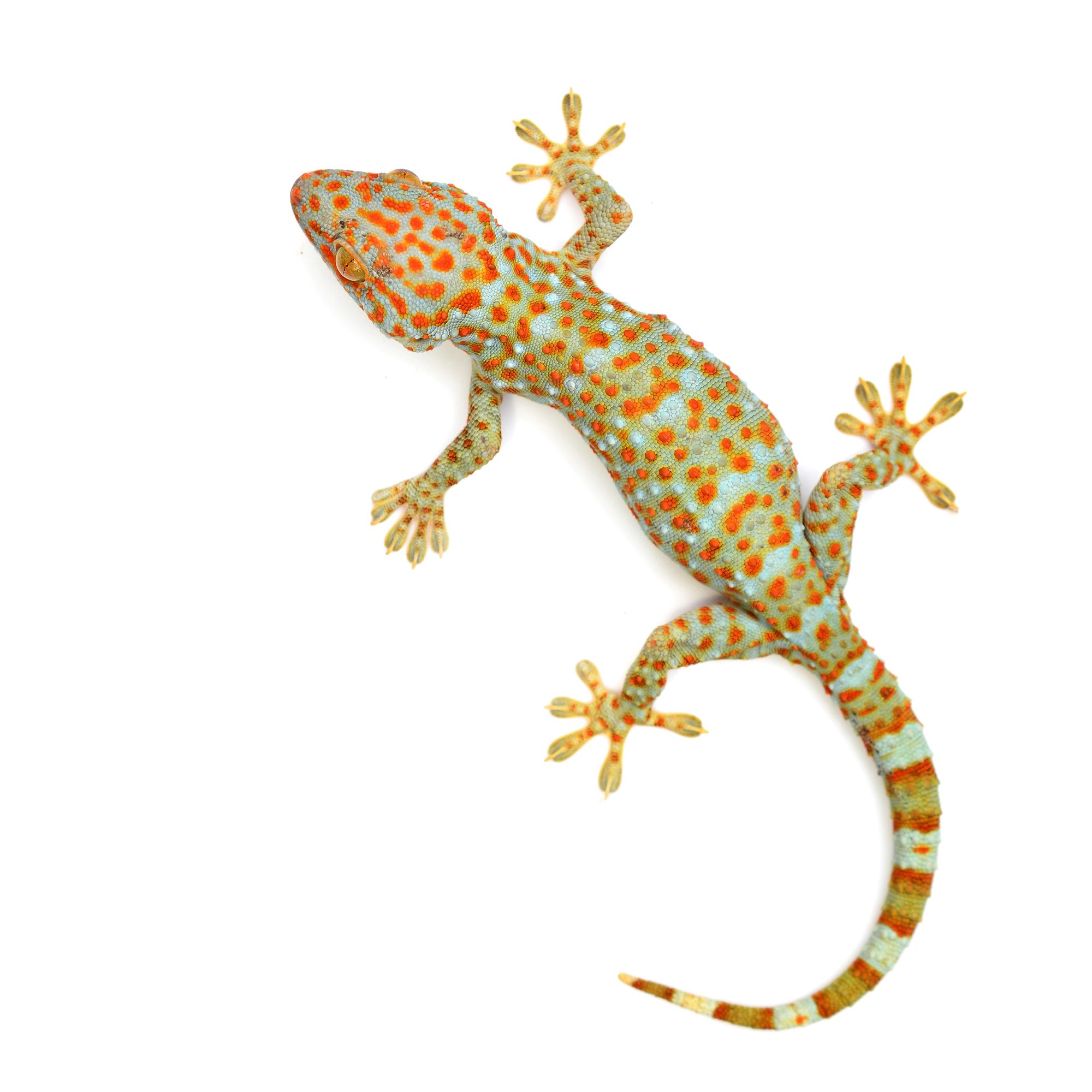
Their famous wall-climbing ability comes from microscopic hair-like structures that create molecular attractions with surfaces. Each foot has millions of these tiny hairs, allowing them to stick to almost any surface and support their body weight many times.
They can even control each hair individually, allowing for instant attachment and release.
Peacock Mantis Shrimp
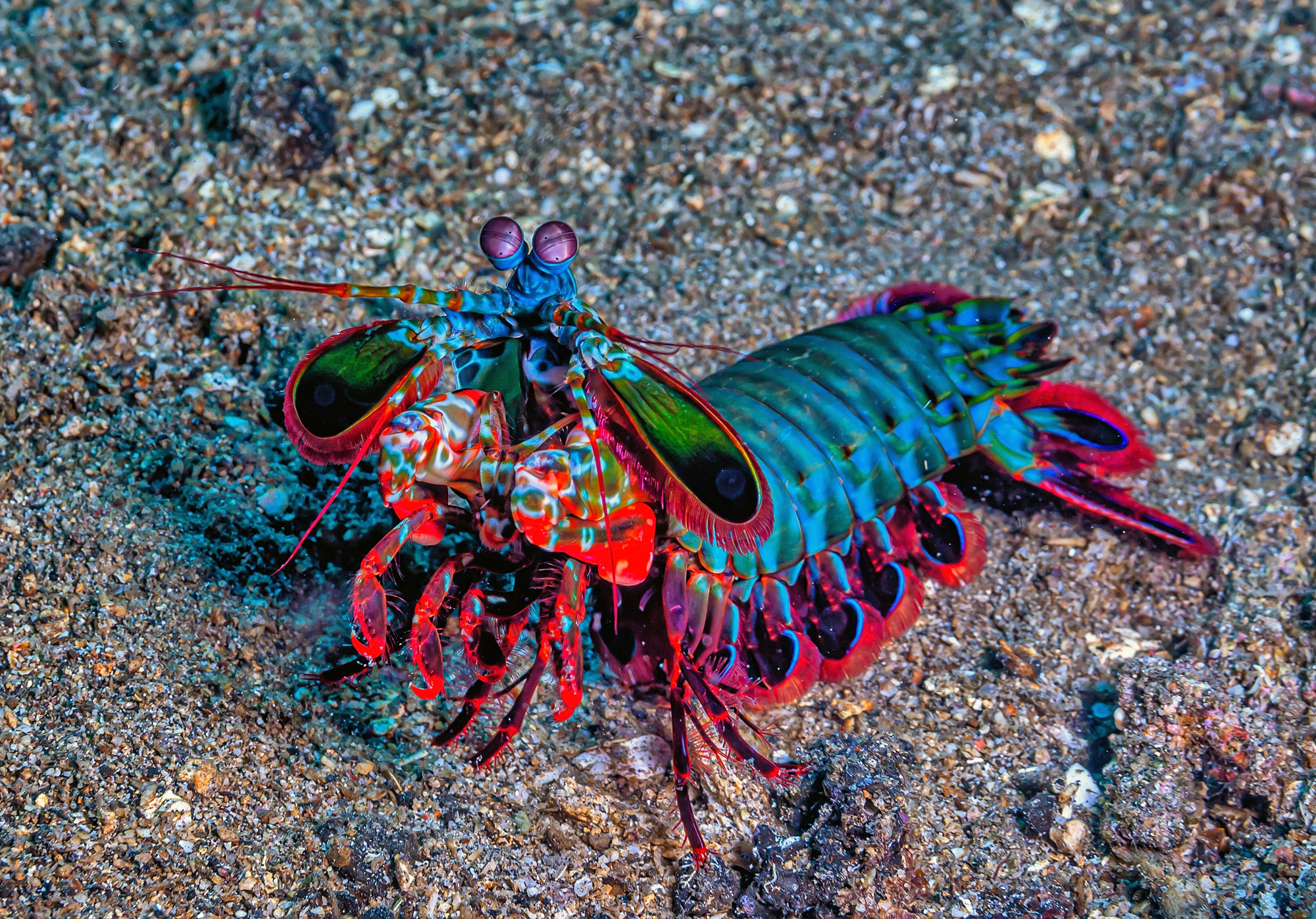
These small crustaceans have the most complex eyes in the animal kingdom, with 16 color receptors compared to our three. They can see multiple types of light polarization and even detect cancer cells through their unique vision.
Their striking abilities are so fast that they temporarily create tiny bubbles of plasma underwater.
Like Go2Tutors’s content? Follow us on MSN.
Nature’s Innovation Lab
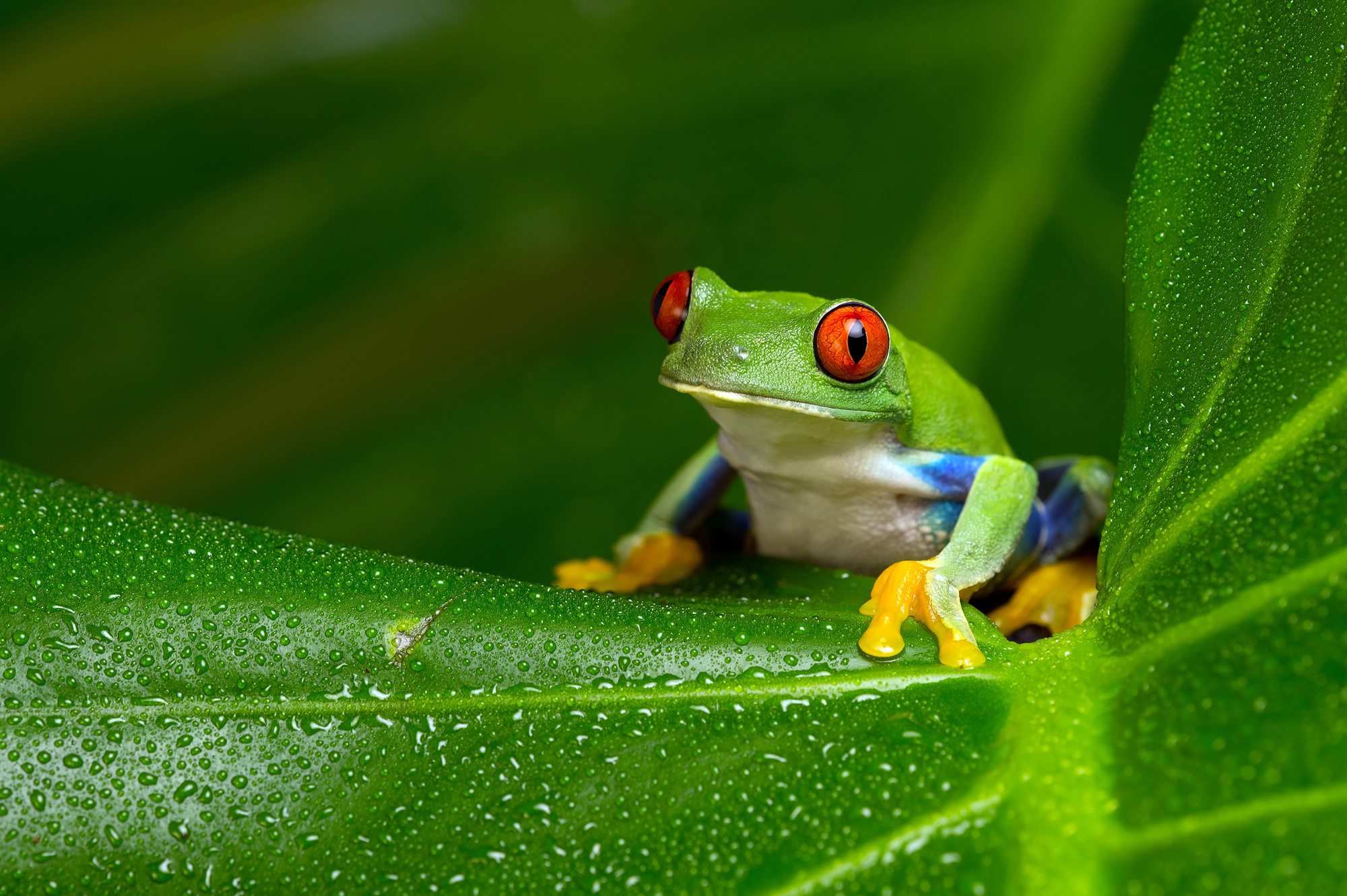
These extraordinary adaptations demonstrate how life finds ways to thrive in even the most challenging conditions. Through countless generations of evolution, these creatures have developed solutions to environmental challenges that often surpass human engineering capabilities.
Their remarkable abilities not only ensure their survival but also inspire scientific innovations as researchers study and learn from nature’s endless creativity.
More from Go2Tutors!

- Famous Battles: How Much Do You Really Know About U.S. History?
- Top 5 Most Important Skills, According To Harvard Business School
- How Well Do You Know 90s Pop Culture? Take the Quiz
- Master the Art of Public Speaking with These Expert Tips
- Think You Know Capitals? Put Your Knowledge to the Test
Like Go2Tutors’s content? Follow us on MSN.



